What Camera Trap To Buy Wildlife Conseravation ?
When it comes to choosing a camera trap for wildlife conservation, there are several factors to consider. Some popular options include the Bushnell Trophy Cam, Browning Strike Force, and Reconyx HyperFire. These camera traps are known for their durability, high-quality images, and reliable performance in outdoor settings. It is important to select a camera trap with a high resolution and fast trigger speed to capture clear and detailed images of wildlife. Additionally, features like infrared flash, long battery life, and weatherproof construction are essential for effective wildlife monitoring. Ultimately, the choice of camera trap will depend on the specific requirements of the conservation project and the budget available.
1、 High-resolution camera traps for detailed wildlife monitoring
When it comes to wildlife conservation, choosing the right camera trap is crucial for effective monitoring and research. High-resolution camera traps are highly recommended for detailed wildlife monitoring due to their ability to capture clear and detailed images or videos of animals in their natural habitats.
High-resolution camera traps offer several advantages for wildlife conservation efforts. Firstly, they provide researchers with the ability to identify individual animals based on unique markings or features, such as stripes or spots. This information is invaluable for population studies, tracking movements, and understanding behavior patterns.
Furthermore, high-resolution camera traps allow for the collection of detailed data on animal behavior, including feeding habits, social interactions, and mating rituals. This information can help conservationists make informed decisions regarding habitat management and species protection.
In recent years, there have been significant advancements in camera trap technology, with many models now offering even higher resolutions and improved image quality. Some camera traps are equipped with infrared sensors, enabling them to capture images in low-light conditions or during nighttime, expanding the monitoring capabilities.
Additionally, wireless connectivity and remote access features have become more common, allowing researchers to access and download data remotely, saving time and effort in the field.
When considering which camera trap to purchase for wildlife conservation, it is important to prioritize image quality, resolution, and durability. Look for models that offer high megapixel counts, fast trigger speeds, and long battery life to ensure optimal performance in the field.
Ultimately, investing in high-resolution camera traps for wildlife conservation can provide invaluable insights into animal behavior, population dynamics, and habitat management, aiding in the development of effective conservation strategies.
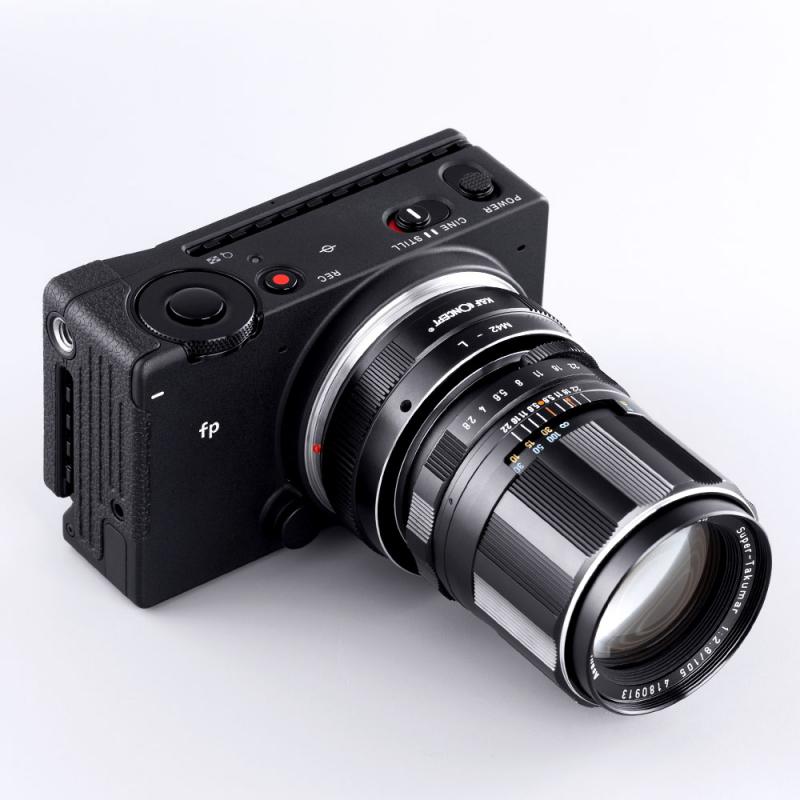
2、 Wireless camera traps for remote wildlife conservation areas
When it comes to choosing a camera trap for wildlife conservation, there are several factors to consider. One important consideration is the need for wireless capabilities, especially in remote areas. Wireless camera traps offer numerous advantages for wildlife conservation efforts in such locations.
Wireless camera traps eliminate the need for physical retrieval of data, saving time and resources. Instead of traveling to the site to collect data, researchers can remotely access the images and videos captured by the camera trap. This not only reduces disturbance to the wildlife but also allows for real-time monitoring and analysis of the data.
Furthermore, wireless camera traps often come equipped with advanced features such as motion sensors, high-resolution imaging, and infrared technology for night vision. These features enhance the accuracy and quality of the data collected, providing valuable insights into wildlife behavior and population dynamics.
In recent years, there have been significant advancements in wireless camera trap technology. Some models now offer cellular connectivity, allowing for instant transmission of data to a central database or research team. This enables faster response times in case of emergencies or the detection of rare or endangered species.
Additionally, the latest wireless camera traps often have longer battery life and increased storage capacity, ensuring continuous monitoring and reducing the need for frequent maintenance visits to remote areas.
Considering these factors, it is recommended to invest in wireless camera traps for wildlife conservation in remote areas. They provide convenience, efficiency, and accuracy in data collection, ultimately aiding in the preservation and protection of wildlife and their habitats.
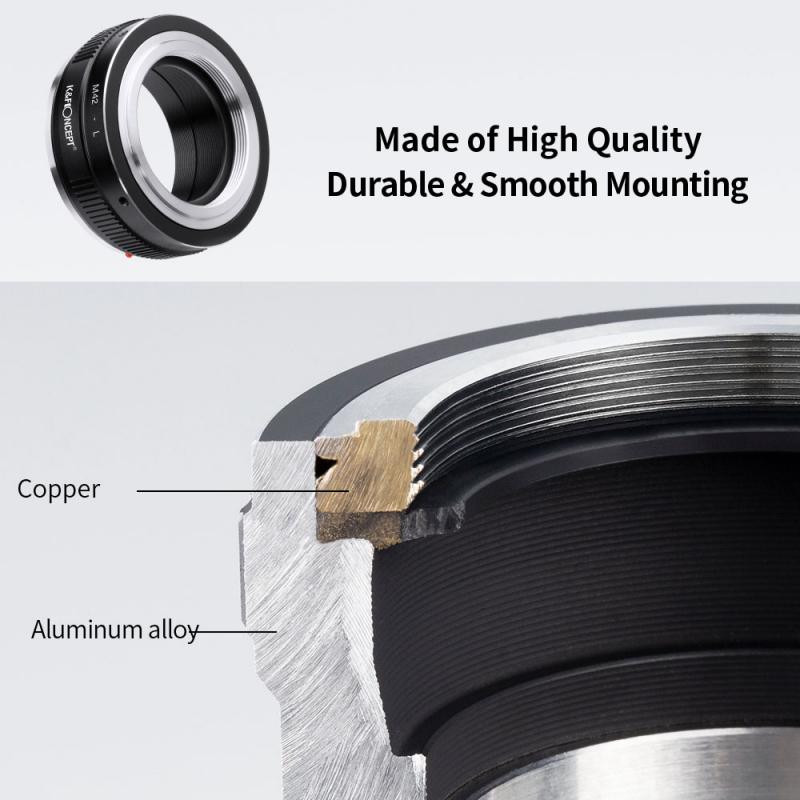
3、 Infrared camera traps for capturing nocturnal wildlife activity
When it comes to wildlife conservation and monitoring, camera traps have become an invaluable tool. They allow researchers and conservationists to observe and study wildlife behavior without disturbing their natural habitat. Infrared camera traps, in particular, are highly recommended for capturing nocturnal wildlife activity.
Infrared camera traps are equipped with infrared sensors that detect heat and movement, allowing them to capture high-quality images and videos even in low-light conditions. This is especially important for nocturnal animals that are most active during the night. By using infrared technology, these camera traps can capture wildlife behavior without causing any disturbance or altering their natural patterns.
Furthermore, infrared camera traps have advanced features such as motion detection and time-lapse capabilities, which enable researchers to gather a wealth of data about wildlife populations, behavior, and habitat usage. This information is crucial for making informed conservation decisions and implementing effective management strategies.
When choosing an infrared camera trap for wildlife conservation, it is important to consider factors such as image quality, battery life, durability, and ease of use. Some popular options in the market include brands like Bushnell, Browning, and Reconyx, which offer a range of models with varying features and price points.
It is also worth noting that technology is constantly evolving, and new advancements are being made in camera trap technology. Therefore, it is advisable to stay updated with the latest developments and consult with experts in the field to ensure you are investing in the most suitable camera trap for your specific conservation needs.
In conclusion, infrared camera traps are an excellent choice for capturing nocturnal wildlife activity in wildlife conservation efforts. They provide valuable insights into animal behavior while minimizing disturbance, making them an essential tool for researchers and conservationists.
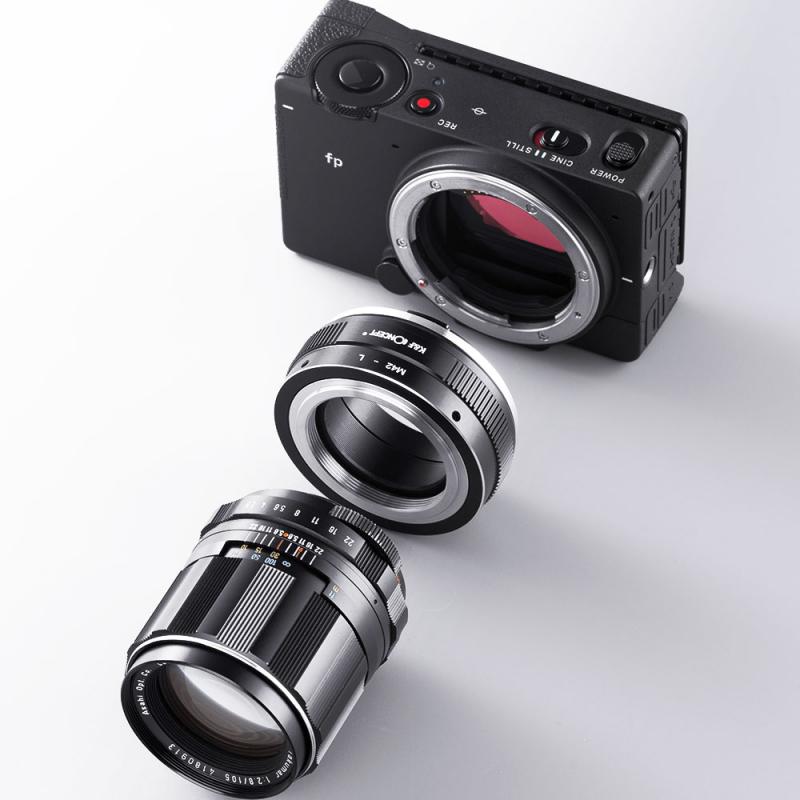
4、 Weatherproof camera traps for durability in harsh environments
When it comes to wildlife conservation, choosing the right camera trap is crucial for effectively monitoring and studying animal behavior in their natural habitats. One of the key factors to consider is durability in harsh environments. Weatherproof camera traps are essential for withstanding extreme weather conditions and ensuring long-term functionality.
Weatherproof camera traps are designed to withstand rain, snow, dust, and extreme temperatures, making them ideal for use in rugged environments. These cameras are typically built with sturdy materials and feature protective casings that shield them from the elements. This durability ensures that the camera traps can continue to operate reliably, even in the harshest of conditions.
In recent years, there have been significant advancements in camera trap technology. Many weatherproof camera traps now offer high-resolution imaging, allowing for detailed and accurate monitoring of wildlife. Additionally, some models are equipped with infrared sensors and night vision capabilities, enabling round-the-clock surveillance without disturbing the animals.
When selecting a camera trap for wildlife conservation, it is important to consider the specific needs of the project. Factors such as battery life, trigger speed, and memory capacity should be taken into account. It is also worth considering the ease of setup and retrieval, as well as the availability of additional features like wireless connectivity for remote monitoring.
Ultimately, investing in a weatherproof camera trap that is durable and equipped with the latest technology will greatly enhance the effectiveness of wildlife conservation efforts. By capturing high-quality images and videos, researchers and conservationists can gain valuable insights into animal behavior, population dynamics, and habitat usage, ultimately contributing to the preservation and protection of our natural world.
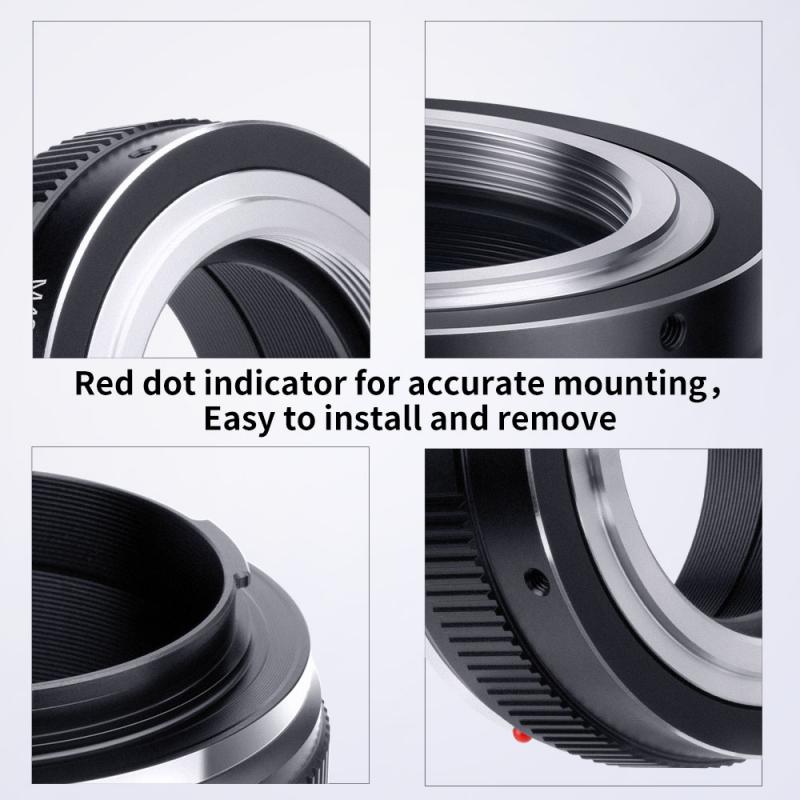

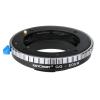

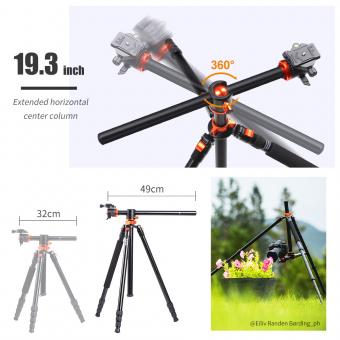

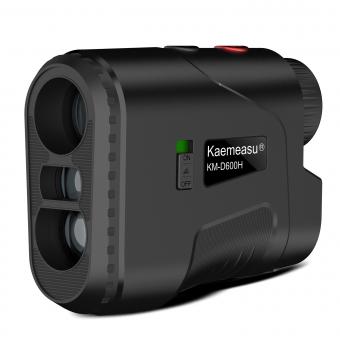






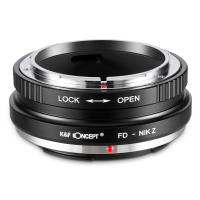
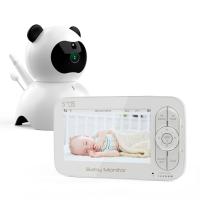

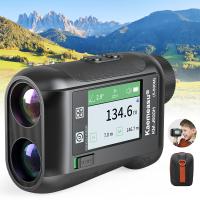
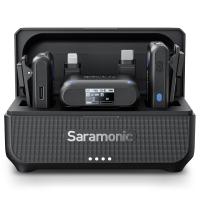
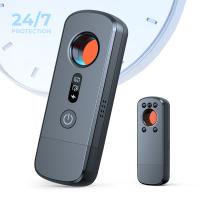
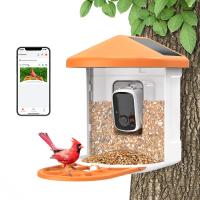



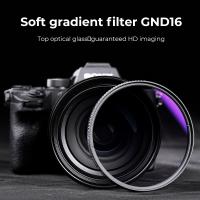

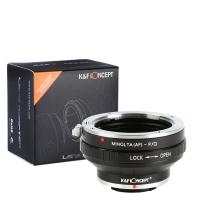

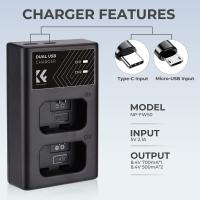
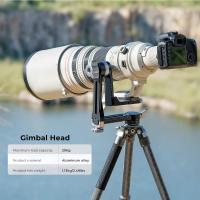

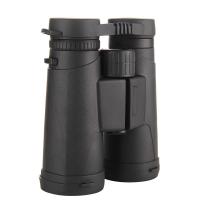
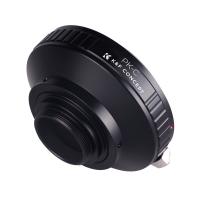
There are no comments for this blog.